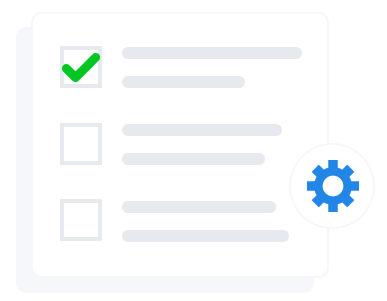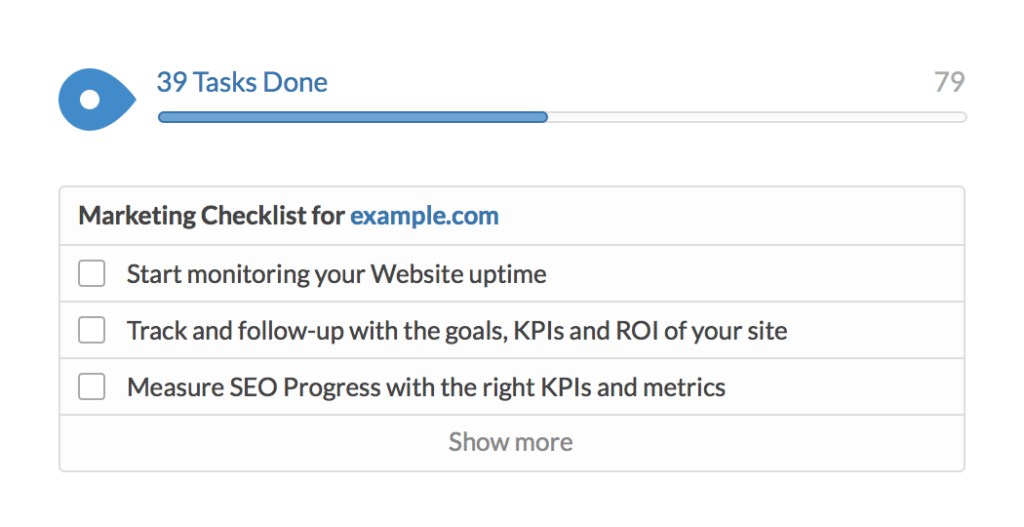As a marketer, you understand the viability of small changes that can drive website growth and improve search authority. But what happens when you take this mentality and move it to your press release? How can you format a release based on what readers want to see and encourage readers to take action? Enter the F-Shaped press release, your press release designed around user reading styles.
Obviously, you want to fuel more growth than just media coverage. You want measureable results and social interaction just as you would want on your current content marketing strategy. For instance, if you wanted to announce an app release, your goal would less of expanding your reach and more receiving downloads. That’s why we want to share with you new information on press release logic and reader psychology as shared by Sarah Skerik of Business-2-Community in her article Getting Press Release Readers to Take Action.
The F-Shaped Reading Pattern
An important part of web design, the F-Shaped design is the process that readers consume content. But will the same work for your press release?
Jakob Neilsen of the Neilsen Norman Group is the grandfather of online user experience (“UX”) research, and has devoted considerable time to researching how people read content online. His conclusion – people don’t actually read content online the same way they read long-form print. Instead of methodically reading each line, online readers scan content, using an F shaped pattern, spending more time at the top of the page, and then scanning the left side.
PR pros penning press releases can utilize this research to create more effective content. When formatting news releases and other content destined to be distributed online, writers should pay attention to the following tips, taken straight from Neilsen himself in the article titled, “F Shaped Pattern For Reading Web Content:”
“The F pattern’s implications for Web design are clear and show the importance of following the guidelines for writing for the Web instead of repurposing print content:
- Users won’t read your text thoroughly in a word-by-word manner. Exhaustive reading is rare, especially when prospective customers are conducting their initial research to compile a shortlist of vendors. Yes, some people will read more, but most won’t.
- The first two paragraphs must state the most important information. There’s some hope that users will actually read this material, though they’ll probably read more of the first paragraph than the second.
- Start subheads, paragraphs, and bullet points with information-carrying words that users will notice when scanning down the left side of your content in the final stem of their F-behavior. They’ll read the third word on a line much less often than the first two words.”
It’s no surprise that the inverted pyramid of news writing and search engine optimization best practices also offer similar advice in terms of placing key information at the top of the page and using bullets and bold text to highlight information for readers. Many press release writers, however, ignore this advice, instead loading lead paragraphs with long-winded boilerplate and hiding key messages deep within blocks of text.
Rethink Your Press Release
I think it’s time to put our messages under the microscope. We need to tune our press releases for our readers, not allowing competing egos or “the way we’ve always done it,” to add barriers to message effectiveness.
Contact Modern Marketing Partners, a Naperville based B2B Marketing Agency, for a free consultation and best practices on sending out your next press release.
Also, feel free to download to download The New Rules of PR, a Modern Marketing Partners original whitepaper.


